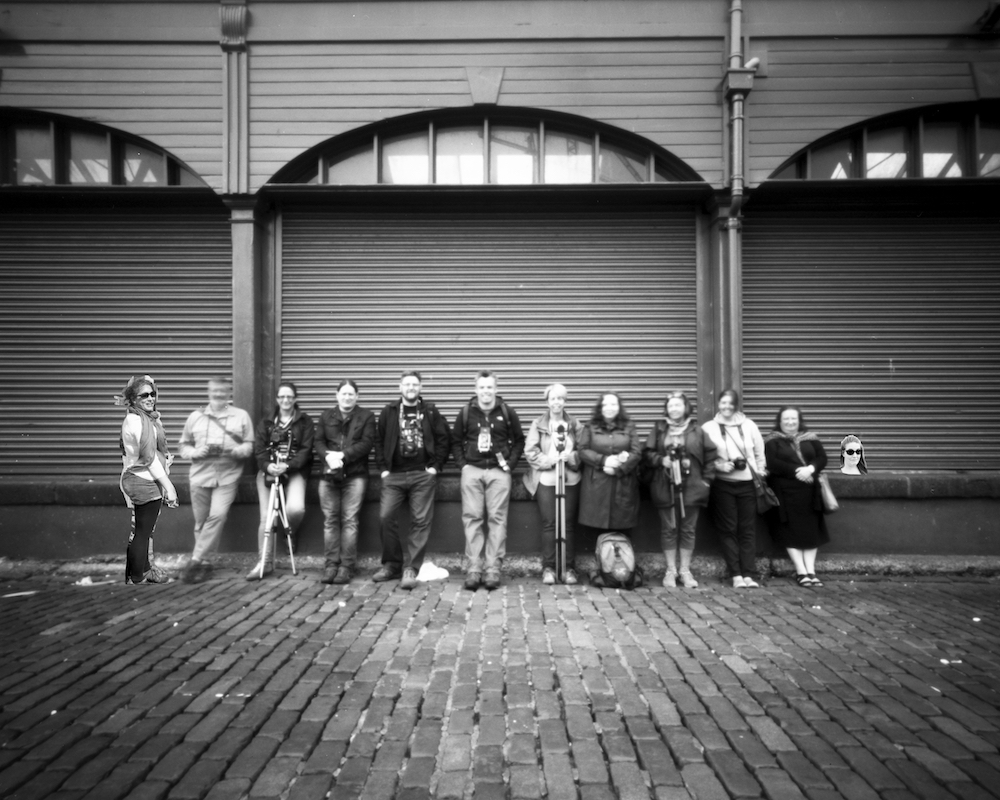Gallery
2015 August 9th - From 10:30am
Escape from the crowds for a day of photography by the sea at Newhaven
Schedule for the day:
.
Calotyping optional!
Please contact info@edinburghlofi.com if you have any queries about the event, to note your interest or if you need a contact number to allow you to meet us later in the day.
The Edinburgh Calotype Club
"The construction of the club was a very frank and informal kind. The members met at each other's houses, had a friendly meal together and discussed new experiments and their results." - J.M.Gray
The exact date the club formed is unknown but by October 1841 correspondence from Sir David Brewster to Dr John Adamson (Robert's elder brother) mentions its formation. The oldest photographic club in the world?
The Gentlemen ( and one Lady) of the club went on to experiment with Talbot's process to become more than technically adept, producing quality prints of a wide variety of subjects - both scenes and the people of Scotland as well as a far afield as Australia. They refined the process and adapted it to convey both factual and artistic compositions until around 1856.
Hill and Adamson formed Scotland's first photographic studio and are celebrated for both Adamson's technical mastery and Hill's artistic vision.
Newhaven was once a thriving fishing village and a centre for shipbuilding. Hill and Adamson made Calotypes of the local people, including the Fishwives, in the 1840's.
The Calotype
The original negative and positive process invented by William Henry Fox Talbot. The calotype process produces a latent image on silver iodide paper which can be developed out to make a paper negative. This can then be used to make a positive by printing out on silver cloride paper, commonly called "salted paper". A softer, less sharp image than the daguerreotype, but since a negative is produced, it is possible to make multiple copies. The image is contained in the fabric of the paper rather than on the surface, so the paper fibers tend to show through on the prints.


